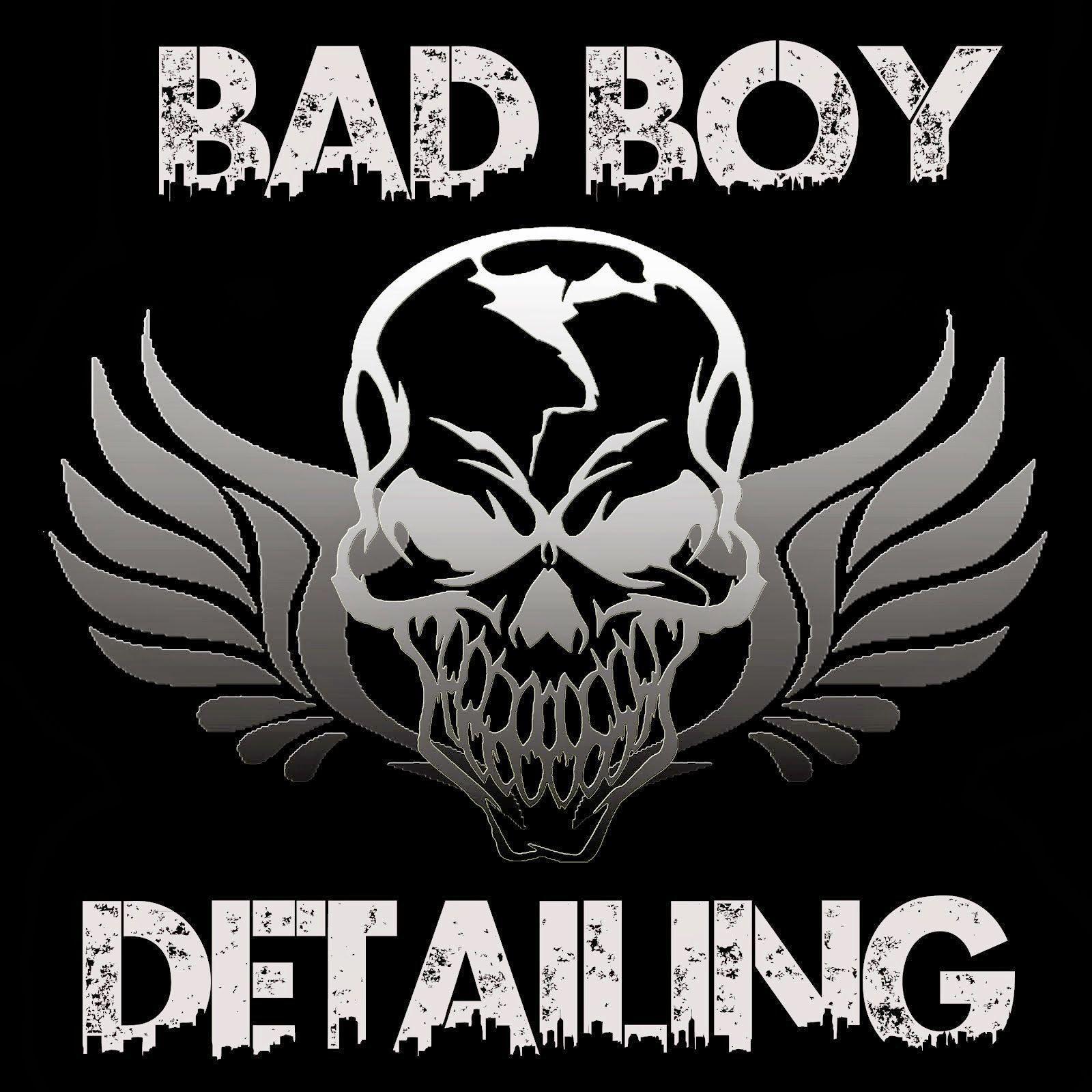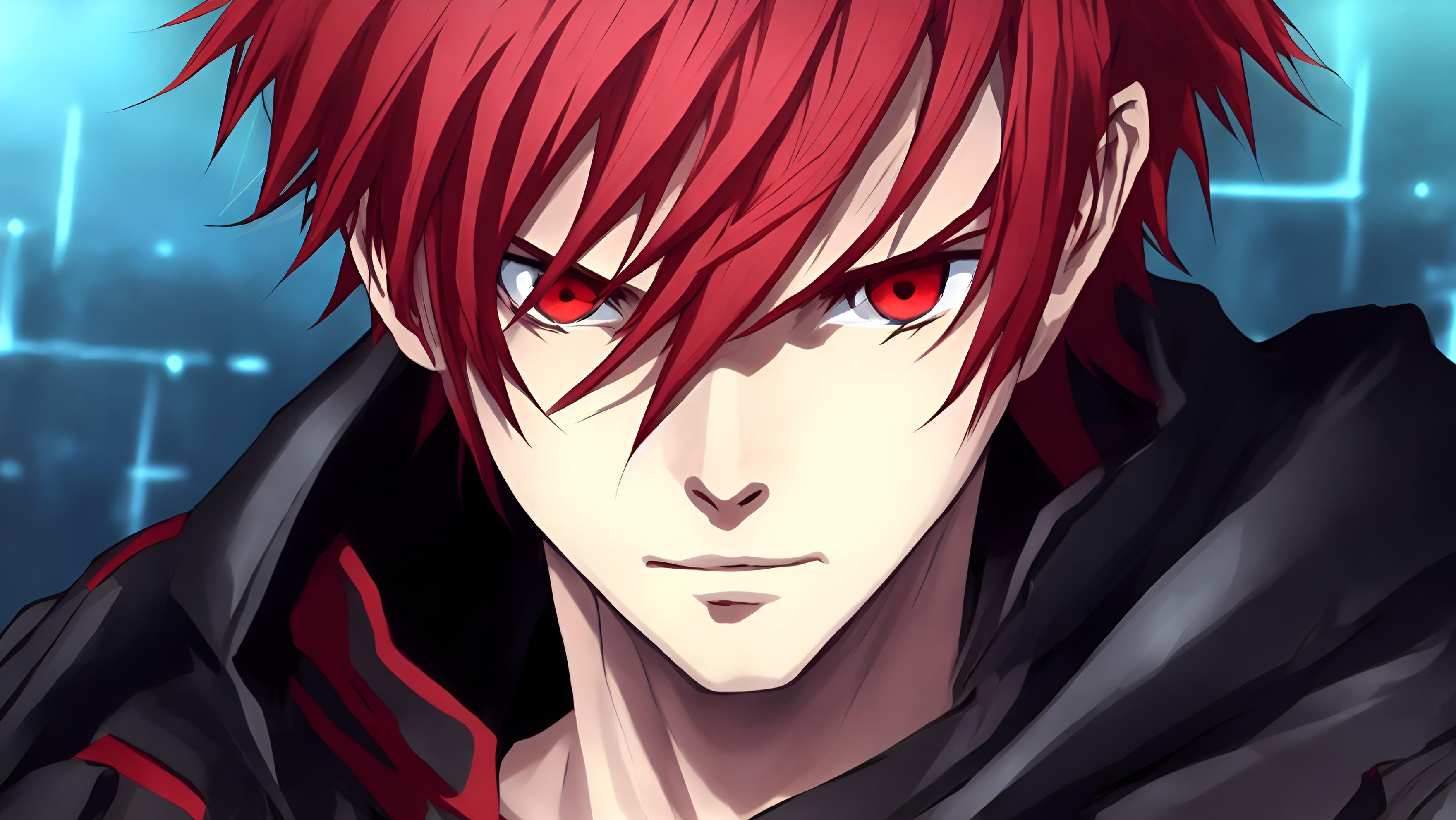The term "bad boy" often conjures images of rebellious, charismatic, and often misunderstood individuals who defy societal norms. These characters, whether in literature, film, or real life, have a magnetic pull that captivates audiences and leaves a lasting impression. They embody a sense of danger and unpredictability, appealing to those who yearn for excitement and adventure. The allure of the bad boy is not just a modern phenomenon; it has deep roots in history and has evolved over time to reflect the changing attitudes and values of society.
Bad boys are not just confined to fiction; they exist in reality and often become cultural icons. Their rebellious nature challenges the status quo and provokes thought, making them intriguing subjects for analysis. From James Dean's iconic portrayal in "Rebel Without a Cause" to the enigmatic personas of modern-day celebrities, the bad boy archetype has persisted and transformed through the decades. This article delves into the multifaceted world of bad boys, exploring their origins, characteristics, and the impact they have on popular culture.
The fascination with bad boys is not merely about their defiance; it's about what they represent. They are often seen as symbols of freedom, individuality, and non-conformity. As we navigate through this article, we will uncover the psychological, social, and cultural dimensions of bad boys, shedding light on why they continue to capture our imagination. Whether you're a fan of these intriguing figures or simply curious about their enduring appeal, this comprehensive exploration will offer valuable insights into the world of bad boys.
Read also:Jaden Rashada Rising Star In The World Of Football
Table of Contents
- Biography of a Bad Boy Icon
- Personal Details and Bio Data
- What Makes a Bad Boy?
- The Historical Context of Bad Boys
- Bad Boy in Literature: Analyzing Archetypes
- Cinematic Portrayals of Bad Boys: Iconic Roles
- Why Are We Drawn to Bad Boys?
- The Social Impact of Bad Boys
- The Evolution of Bad Boy Culture
- Bad Boy vs. Hero: A Comparative Analysis
- Real-Life Bad Boys: Fact vs. Fiction
- Bad Boy in Music: Rebellious Icons
- Bad Boy in Fashion: Style and Influence
- How Do Bad Boys Influence Youth Culture?
- Frequently Asked Questions
- Conclusion
Biography of a Bad Boy Icon
One of the most quintessential bad boys in popular culture is James Dean. Born on February 8, 1931, in Marion, Indiana, Dean epitomized the rebellious youth of the 1950s. His portrayal of disillusioned teenagers in films like "Rebel Without a Cause" cemented his status as a cultural icon. Despite his short-lived career, Dean's influence has endured, making him a timeless symbol of rebellion and non-conformity.
Personal Details and Bio Data
| Full Name | James Byron Dean |
|---|---|
| Date of Birth | February 8, 1931 |
| Place of Birth | Marion, Indiana, USA |
| Date of Death | September 30, 1955 |
| Occupation | Actor |
| Notable Works | "Rebel Without a Cause," "East of Eden," "Giant" |
What Makes a Bad Boy?
Bad boys are often characterized by their rebellious nature, charisma, and a sense of danger. They typically defy authority, break rules, and challenge societal norms. Their confidence and independence make them alluring, while their unpredictability adds to their mystique. Bad boys often possess a complex personality, showcasing vulnerability beneath their tough exterior.
The Historical Context of Bad Boys
The bad boy archetype has existed for centuries, with roots tracing back to literary and historical figures who defied convention. From Byron's "mad, bad, and dangerous to know" persona to the rebellious poets of the Romantic era, bad boys have always been intriguing figures. Their defiance of societal norms and exploration of taboo subjects have made them central to cultural and artistic movements.
Bad Boy in Literature: Analyzing Archetypes
In literature, bad boys often serve as anti-heroes or tragic figures. Characters like Heathcliff from "Wuthering Heights" and Jay Gatsby from "The Great Gatsby" embody the complexity of the bad boy archetype. They are flawed yet captivating, leading readers to question the nature of morality and the consequences of rebellion.
Cinematic Portrayals of Bad Boys: Iconic Roles
Hollywood has long celebrated the bad boy, with actors like Marlon Brando, James Dean, and Johnny Depp bringing these characters to life on screen. Their performances have immortalized the bad boy in film, influencing generations of audiences and filmmakers. These portrayals often highlight the dichotomy between the character's outward defiance and inner turmoil.
Why Are We Drawn to Bad Boys?
Psychologically, bad boys appeal to our desire for excitement and adventure. They represent the thrill of the unknown and the allure of forbidden experiences. Bad boys challenge conventional notions of security and stability, offering a sense of freedom and autonomy that is both exhilarating and dangerous.
Read also:Bob Menendez Sentencing A Pivotal Moment In Political Accountability
The Social Impact of Bad Boys
Bad boys have a profound impact on society, often serving as catalysts for cultural change. Their defiance of norms can inspire movements and challenge the status quo. However, their influence is not always positive, as their behavior can also perpetuate stereotypes and reinforce toxic masculinity.
The Evolution of Bad Boy Culture
Over the years, the concept of the bad boy has evolved, reflecting changes in societal values and attitudes. From the rebellious rock stars of the 1960s to the edgy anti-heroes of modern cinema, bad boys have adapted to remain relevant in contemporary culture. This evolution highlights the enduring appeal and adaptability of the bad boy archetype.
Bad Boy vs. Hero: A Comparative Analysis
The contrast between bad boys and traditional heroes is stark, with each representing different facets of human nature. While heroes embody virtues like bravery and selflessness, bad boys often challenge these ideals, showcasing the complexities of morality and human behavior. This comparison offers insights into the diverse ways individuals navigate the world.
Real-Life Bad Boys: Fact vs. Fiction
Real-life bad boys, such as rock stars and celebrities, often blur the lines between reality and fiction. Their larger-than-life personas captivate audiences, but their actions can have real-world consequences. Understanding the distinction between their public image and personal lives is crucial in assessing their impact on culture and society.
Bad Boy in Music: Rebellious Icons
Music has long been a platform for bad boys to express their rebellion and individuality. Artists like Mick Jagger, Kurt Cobain, and Eminem have used their music to challenge societal norms and explore controversial themes. Their influence extends beyond music, shaping fashion, language, and youth culture.
Bad Boy in Fashion: Style and Influence
Bad boys have also left their mark on the fashion industry, with their edgy and unconventional styles inspiring trends. From leather jackets and ripped jeans to bold hairstyles and tattoos, the bad boy aesthetic has become synonymous with rebellion and non-conformity. This influence highlights the intersection of fashion, identity, and cultural expression.
How Do Bad Boys Influence Youth Culture?
Youth culture is particularly susceptible to the influence of bad boys, who often embody the desire for independence and self-expression. Their impact can be seen in the adoption of rebellious fashion, music, and attitudes among young people. While this influence can foster creativity and individuality, it also poses challenges in terms of navigating societal expectations and responsibilities.
Frequently Asked Questions
- What is the bad boy archetype? The bad boy archetype refers to characters who are rebellious, charismatic, and often defy societal norms. They are typically portrayed as independent and confident individuals.
- Why are bad boys appealing? Bad boys appeal to people because they represent excitement, adventure, and the allure of the unknown. Their defiance of norms and unpredictability make them intriguing figures.
- How have bad boys influenced popular culture? Bad boys have significantly influenced popular culture by challenging societal norms and inspiring movements. Their rebellious nature often leads to cultural shifts and changes in attitudes.
- Are bad boys always negative influences? Not necessarily. While bad boys can perpetuate negative stereotypes, they can also inspire individuality and creativity. Their impact varies depending on how they are perceived and portrayed.
- Do bad boys exist in all cultures? Yes, the bad boy archetype exists in various cultures, though the specific traits and expressions may differ. They often reflect the values and attitudes of the society they are part of.
- Can bad boys be heroes? In some cases, bad boys can be seen as heroes, particularly if they challenge oppressive systems or fight for justice. Their complex nature allows for diverse interpretations of their role in society.
Conclusion
The allure of the bad boy is both timeless and universal, captivating audiences across different mediums and cultures. Their rebellious nature challenges societal norms and inspires individuals to question the status quo. Whether in literature, film, or real life, bad boys continue to intrigue and influence, offering valuable insights into human nature and cultural dynamics. As we navigate a world that constantly evolves, the bad boy archetype remains relevant, reflecting our desires for freedom, individuality, and self-expression.

